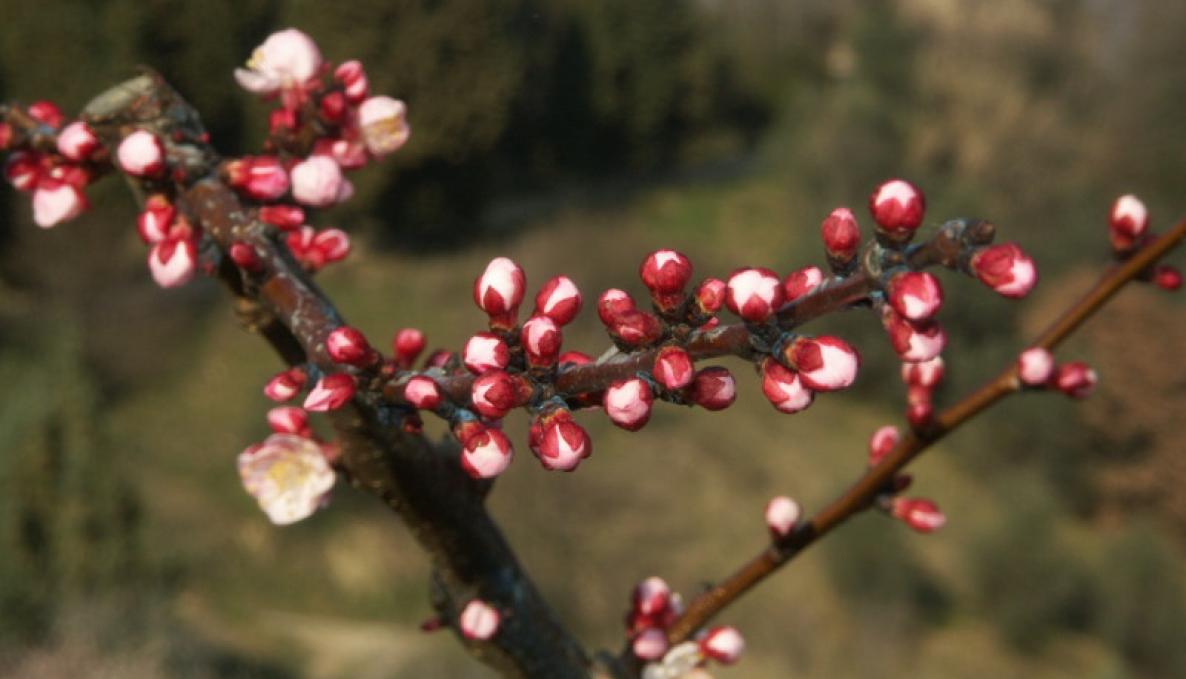CLIMATE CHANGE AND GLOBAL WARMING: ON COASTAL AREAS OF TUSCANY TEMPERATURES HAVE RISEN ABOUT 2 DEGREES OVER THE PAST 40 YEARS. RESEARCHERS OF UNIVERSITY OF PISA AND SANT’ANNA SCHOOL PUBLISH A STUDY IN “SCIENTIA HORTICULTURE” JOURNAL

Report has shown warming on Tuscany coast over the past 40 years: the average temperature in January and February increased by about 2 degrees: recorded temperatures of 8°C reached 9.9°C, and over the November-March period they increased by 1.6 degrees reaching 11.5°C as a previous record was 9.9°. Researchers Rolando Guerriero, Raffaella Viti, Rossano Massai and Calogero Iacona (University of Pisa) and Susanna Bartolini (Institute of Life Sciences -Sant’Anna School) broke down the data: they found that warmer temperatures in Tuscany coastal areas have had an adverse impact on fruit production.
The study published in the journal “Scientia Horticulture” analyzed 40 apricot cultivars blooming over forty-three years period from 1973 to 2016. Data were collected in Venturina – Livorno area for all species in their response to different temperatures as suitable climate-change indicators. This study focused on adaptation of the apricot germplasm in Venturina cultivation areas during the frequent occurrence of warmer winters in Mediterranean regions. Results showed that weather-environmental factors strongly impacted on apricot blooming and ripening time. In particular, researchers observed the average daily range (difference between maximum and minimum temperatures) decreased by about 1.5 degrees, it was 10.1°C in the 1970-1980 period while the 2013-2016 period recorded 8.8°C.
A dramatic loss of Chilling Units (CUs) was recorded over the autumn-winter seasons. 1300 CUs were recorded in the1970s while 2012-2016 four-year period recorded 800 CUs showing that occurrence of warmer winters in Mediterranean areas has significantly affected endodormancy release due to an unfulfilled chilling requirement when considering the 1000 CUs threshold.
“Current climate change negatively impacts on key seasonal biological processes of perennial plants causing erratic productions and, consequently, significant yield reductions – says Professor Rossano Massai - Most of the examined cultivars, belonging to Italian and foreign germplasm and opportunely selected for different flowering time, showed important blooming delays and blooming intensity decreases.”
The blooming intensity, estimated by rate on a scale of 1-5: 1 (scarce), 2 (medium-scarce), 3 (medium), 4 (abundant), 5 (very abundant), was measured on four branches per tree. It was abundant in the ‘70s (average 3.7) but decreased to 2 over the 2010-2016 period.
During the last four decades, the blooming time of the apricot cultivars has occurred over about one month. The average blooming date was from February to March. Cultivars belonging to the early-blooming class showed the highest average blooming shift of around 12 days. The irregular autumn-winter cold rate of recent years may mean that substantial impacts can be expected in the future with possible geographic shifts of the apricot cultivation areas towards more potentially suitable areas located in the northern Italian and European regions. It is essential to find resilient genotypes as a main requisite to achieving good yields stressing the selection of cultivars with a low chilling requirement and late blooming time.” says Susanna Bartolini.
Understanding the specificity of coastal Tuscany apricot populations is crucial for managing local production regarding adaptive traits for extreme temperature conditions becoming more and more common.



